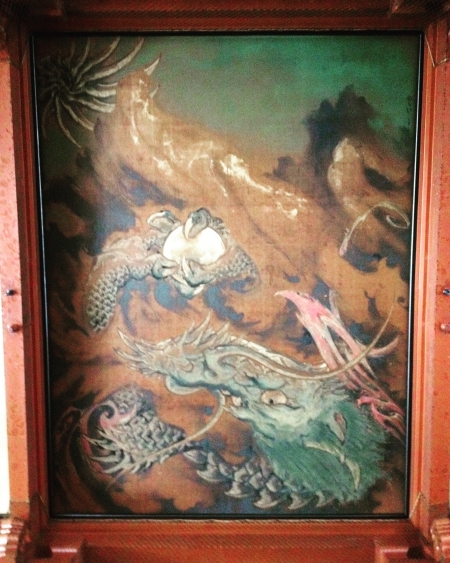全体と部分
『全体と部分』
大きな視点から、その一点を見ると、相互の位置関係や様子がわかりやすく、大体、どの辺にいるのかがわかりやすいが、その一点から大きな視点を見ようとすると、そもそも全体像が把握できないから、その一点が全てであるような錯覚にとらわれることがある。
最近、知りたいことがあり、2つの講習を受けてみた。どちらの講習も、受講者同士のディスカッションの時間があったり、質問を元に講習が進めらたりと、話し手と受け手という関係性だけでは無い講習の形をとっていた。
ただ、受講者の知識にレベル差があるから、その差を埋めなかければ、ディスカッションは成り立たないし、質問も噛み合わない。そのため、片方の講習は受講前に、事前動画と称して、基礎的な知識を習得するための動画を自ら前もって見て、アウトプットをすることが要求され、そのアウトプットが参加証代わりになっていて、実際の講習では、最初から質問ではじまり、質問に答える形で講習が進む。
もう片方は講習の中で基礎的な知識を網羅して、それを受けてディスカッションし、自ら行いたいことを明確にしていく。
どちらの講習も、基礎的な知識の全体像を把握してから進むのは同じだが、片方は事前動画を別の日に自ら前もって見るから、講習当日の質問は、どうしても事前動画の内容とはあまり関係が無いというか、今その時の自分の問題にだけ収斂して、質問内容だけが独り歩きし、それが全体を表しているかのような錯覚におちいる。
もう片方はその場での基礎的な知識を網羅してから、自らの考えをまとめるので、全体の中での立ち位置が理解しやすく、より正確に何をするべきかがわかる。
どちらの講習のやり方が良いか、というのは無いとは思うし、目的によって使い分ければ良いと思うが、実際に、講習の内容が記憶に残り続け、忘れないのは、事前動画を見た方で、講習が完結するまで長い時間がかかり、それなのに、講習当日は全体性が無い質問ばかりで、事前動画を想起しながら質問や回答を理解しなければならず、それが頭に残るのだろう。
"Whole and part"
If you look at one point from a large viewpoint, it is easy to understand the mutual positional relationship and appearance, and it is easy to understand which side you are in, but if you try to look at a large viewpoint from that one point, you cannot grasp the whole picture in the first place. You may be caught in the illusion that one point is everything.
Recently, there was something I wanted to know and I took two courses. Both courses took the form of courses that were not just about the relationship between the speaker and the receiver, such as having time for discussion between students, or proceeding with the course based on questions.
However, since there is a difference in the level of knowledge of the students, if the difference is not filled, the discussion will not be possible and the questions will not engage. Therefore, before taking the course, one class is called a pre-video, and it is required to look at the video to acquire basic knowledge in advance and output it. In the actual course, the course starts from the beginning and answers the questions.
The other covers the basic knowledge in the course, discusses it, and clarifies what you want to do.
In both classes, it is the same to proceed after grasping the whole picture of basic knowledge, but one side sees the advance video in advance on another day, so the question on the day of the course is inevitably the content of the advance video It seems that there is not much relation, or it converges only on my problem at that time, and only the content of the question walks alone, and it feels as if it represents the whole.
The other side covers basic knowledge on the spot and then summarizes its thoughts, so it is easy to understand the standing position in the whole and know what to do more accurately.
I don't think there's a better way to do the course, and I think it's better to use it properly depending on the purpose. On the other hand, it takes a long time to complete the course, but on the day of the course, there are only incomplete questions, and you have to understand the questions and answers while recalling the pre-video, which remains in mind Let's go.

